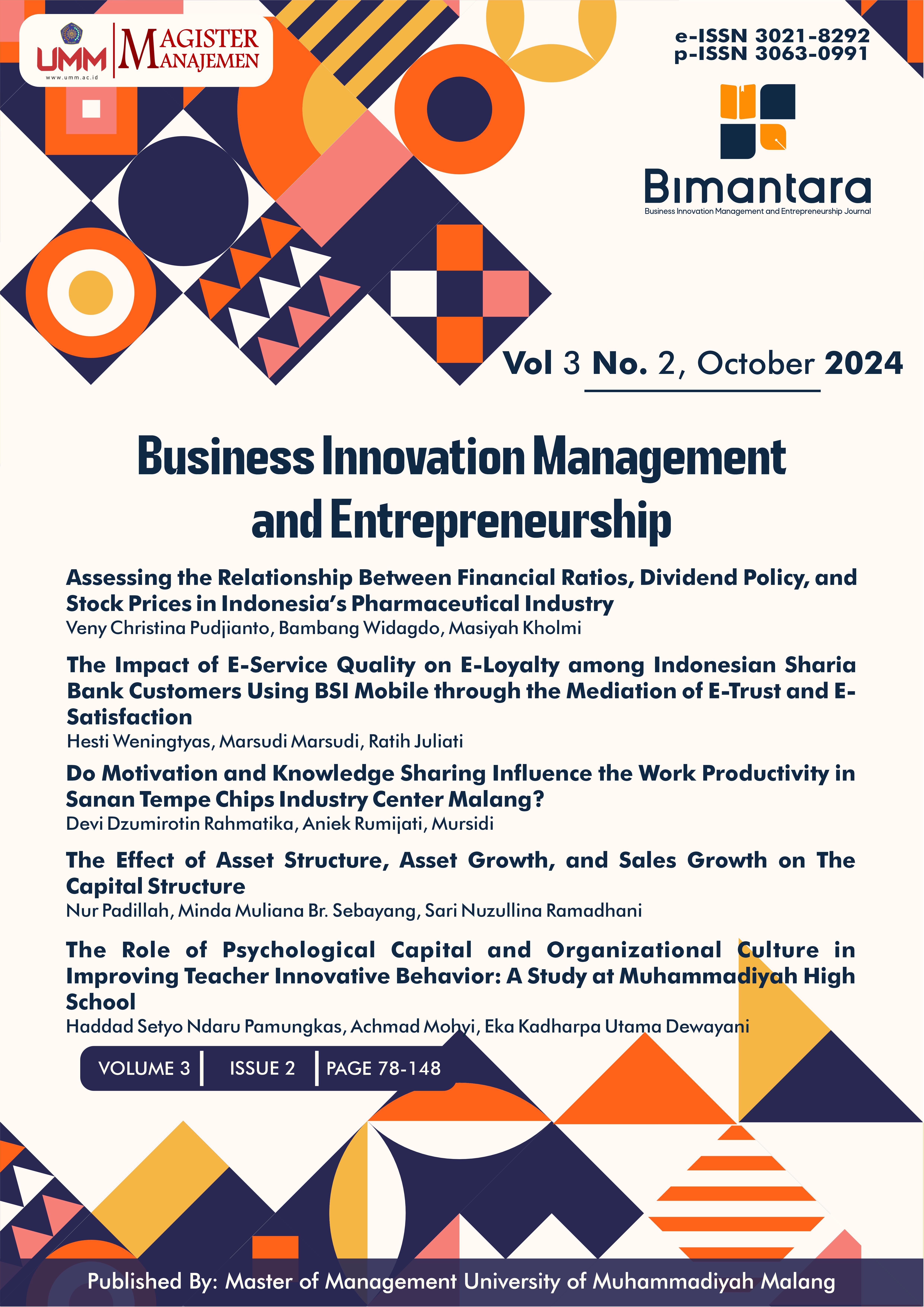The Impact of E-Service Quality on E-Loyalty among Indonesian Sharia Bank Customers Using BSI Mobile through the Mediation of E-Trust and E-Satisfaction
DOI:
https://doi.org/10.22219/bimantara.v3i02.31187Keywords:
E-Loyalty, E-Service Quality, E-Trust, E-Satisfaction, BSIAbstract
Nowadays, electronic services are common in all industries, including banking. Electronic services are one of the most essential ways to build loyalty among bank customers. The goal of this study is to look at how e-service quality influences e-loyalty in Bank Syariah Indonesia clients who utilize BSI Mobile, with e-trust and e-satisfaction serving as mediators. Using a purposive sampling technique, the population of this study was made up of active BSI Mobile users for at least six months. Three hundred people qualified for the study’s sample. This study’s data was analyzed using SEM-PLS. According to the findings, e-loyalty is positively and significantly influenced by e-service quality. E-trust and e-satisfaction have a significant impact on loyalty as well. Furthermore, e-trust and e-satisfaction are strongly influenced by e-service quality. E-trust and e-satisfaction serve as intermediaries between e-service quality and e-loyalty. In the future, researchers may do analogous studies by developing fresh viewpoints on the quality of e-service, particularly those relating to Islamic services, and by integrating interview techniques to probe deeper into the information source data.
Downloads
Downloads
Published
How to Cite
Issue
Section
License
Copyright (c) 2024 Hesti Weningtyas, Marsudi Marsudi

This work is licensed under a Creative Commons Attribution-ShareAlike 4.0 International License.
The journal use












